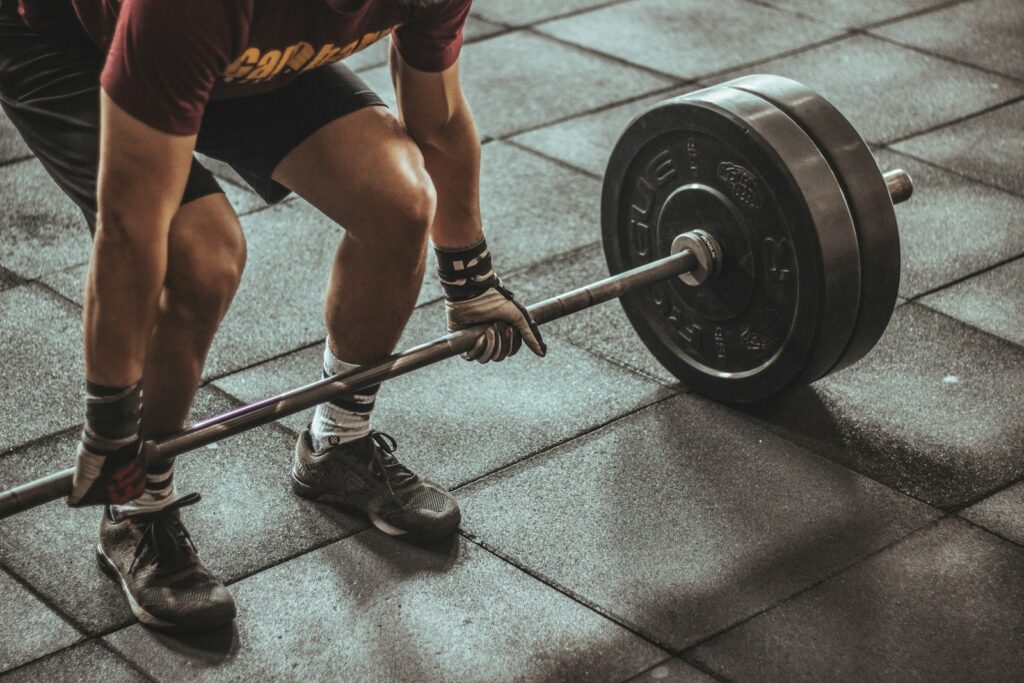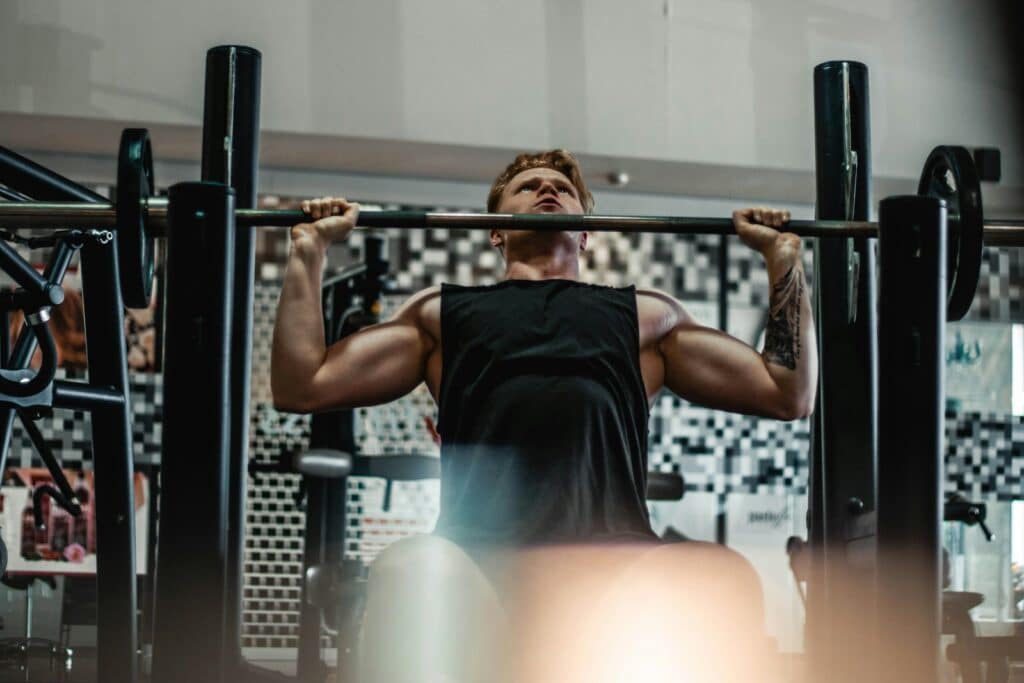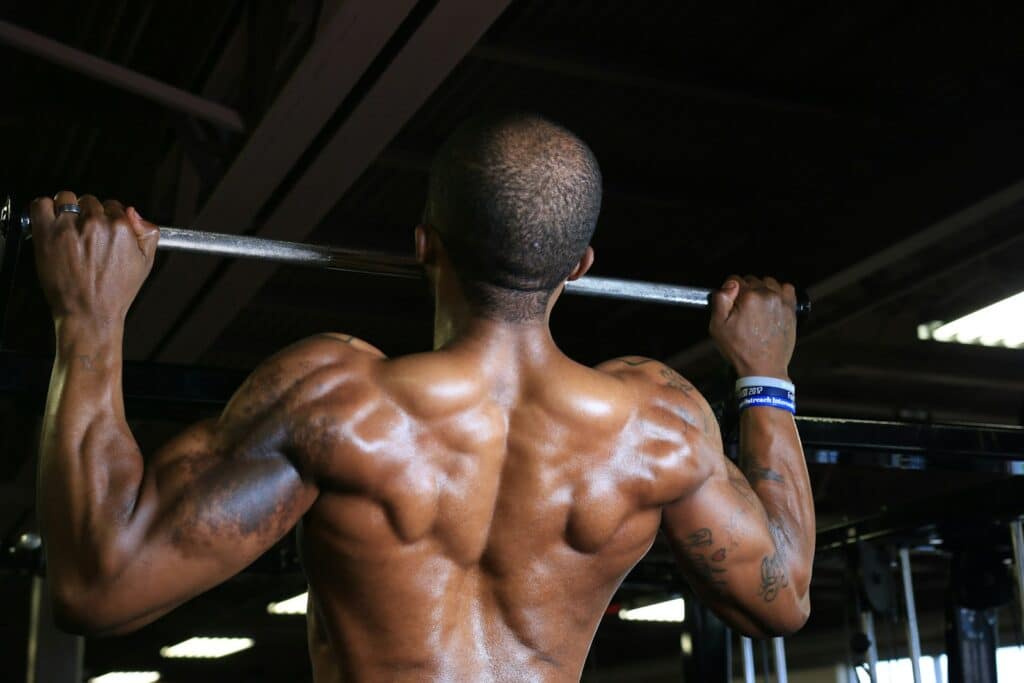When you first step into a CrossFit box, it’s easy to get caught up in the numbers game. Watching your squat PR go up, pulling a heavier deadlift, or adding plates to your clean and jerk feels exciting. Progress on the barbell often feels like the most tangible sign that you’re getting fitter and stronger. But here’s the problem: chasing heavier weights before mastering your form is one of the fastest ways to stall your progress—or worse, get injured.
This is a common trap among beginners. You feel stronger week by week, so naturally you want to load more. But without a stable, repeatable technique, each increase in weight compounds inefficiency and stress on your joints. Over time, this can lead to chronic aches, plateaus, and even serious injuries that set you back months.

Why Does Form Break Down in the First Place?
Poor form in CrossFit isn’t always about weakness or lack of mobility—it’s often about inconsistent motor patterns. In lifts like the snatch or clean & jerk, every detail matters: your bar path, the timing of your pull, your receiving position. If these elements vary from rep to rep, your nervous system never truly learns the most efficient way to move the load. You’re essentially performing a different lift each time, even if it “looks” similar from the outside.
As a physical therapist who has worked with athletes across different levels, I’ve seen this pattern repeatedly: lifters who rush to add weight often make small technical compromises that snowball over time. The heavier the load, the more those flaws are magnified, eventually creating a ceiling you can’t break through without stripping the bar back and rebuilding from the ground up.
The Benefits of Stable, Repeatable Form
It’s worth emphasizing that developing rock-solid technique is not just about avoiding injury—it’s also about maximizing performance. Here’s why stable form pays off:
- Efficiency: With a consistent bar path and timing, you use less energy per lift, leaving more in the tank for later sets or other movements.
- Safety: Proper mechanics reduce unnecessary stress on your joints, tendons, and ligaments, lowering the risk of overuse injuries.
- Longevity: Good form holds up better under fatigue, which is crucial in CrossFit where lifts often appear late in a workout.
- Performance: Once your nervous system locks in the movement pattern, adding weight becomes significantly easier because every rep is mechanically sound.

Related article
Low-Weight, High-Rep Training: Benefits for CrossFit Beginners & Intermediates
Step-by-Step: How to Lock In Your Form
The fastest way to engrain perfect form isn’t by going heavy—it’s by practicing with loads light enough to maintain flawless execution for multiple reps. Here’s a proven progression:
- Form Drills at 50–65% 1RM
Break the lift into parts: hang snatch, tall clean, clean pulls, front squats. Focus on one or two technical cues per session. - Reproducibility Checks at 70–80% 1RM
Perform multiple sets and video yourself. Compare rep 1 and rep 5—are they identical? If not, lower the weight and fix the issue before moving up. - Incremental Load Increases
Only increase weight once you can perform multiple sets with consistent form. The jump doesn’t need to be huge—2.5 kg can be enough.
Common Mistakes Beginners Make (and How to Fix Them)
- Rushing the Pull: Trying to “muscle” the bar up instead of letting the legs and hips generate power. Fix by drilling pulls with a focus on timing.
- Neglecting the Catch Position: Receiving the bar in a sloppy squat or split. Spend time on front squat and overhead position mobility.
- Skipping Light Days: Believing that lighter weights are a waste of time. Remember: light sessions are where you build perfect reps without fatigue breaking you down.
- Too Many Cues at Once: Overloading your brain with five fixes in a single session. Stick to one or two cues to build consistent habits.
- Ignoring Video Feedback: Relying on how a rep “feels” instead of what it looks like. A quick video review often reveals the real issue.

Drills and Accessory Work That Reinforce Good Form
These simple, targeted drills help engrain the right patterns without fatigue ruining your mechanics:
- Snatch/Clean Pulls: Emphasize leg drive and keeping the bar close.
- Hang Variations (High Hang to Knee): Groove the timing from different positions.
- Tall Cleans/Snatches: Teach a fast turnover without relying on a big pull.
- Front Squat & Overhead Squat: Build a stable receiving position with proper posture.
- Paused Reps (at Knee or Power Position): Add control and awareness at key checkpoints.
Maintaining Form Over the Long Term
Technique isn’t something you “finish” working on. Even elite CrossFit athletes revisit foundational drills regularly to keep their form sharp. Build these habits into your training:
- Warm up with skill-focused drills before heavy lifting.
- Film key lifts weekly to spot subtle breakdowns.
- Use RPE or bar speed to guide load on days you feel off.
- Deload every 6–8 weeks to focus purely on form and recovery.
- Schedule at least one technique-focused session per week (lighter, more reps, crisp execution).
Sample Weekly Structure for Better Form
Here’s a simple template you can adapt:
- Day 1: Technique day (50–65% 1RM drills, higher reps, video review)
- Day 2: Strength day (70–80% focus sets, reproducibility checks)
- Day 3: Mixed conditioning (light barbell cycling; keep mechanics clean under fatigue)

Conclusion
If you’ve felt stuck lately, it might not be your strength that’s holding you back—it might be your form. Strip back the weight, commit to high-quality reps, and give your nervous system the chance to engrain perfect movement patterns. This might feel slower in the moment, but it’s the surest way to accelerate your long-term progress.
In CrossFit, the fastest lifters, the strongest athletes, and the most durable competitors all have one thing in common: they move well, every single rep. Build that foundation, and the numbers will follow.
